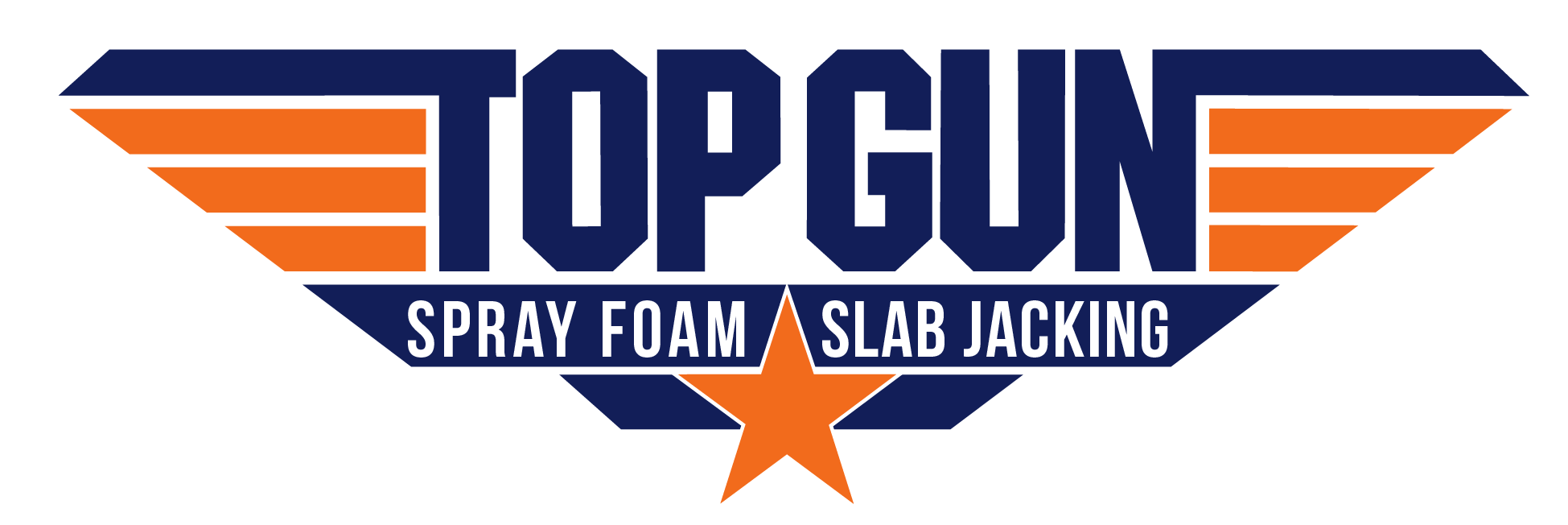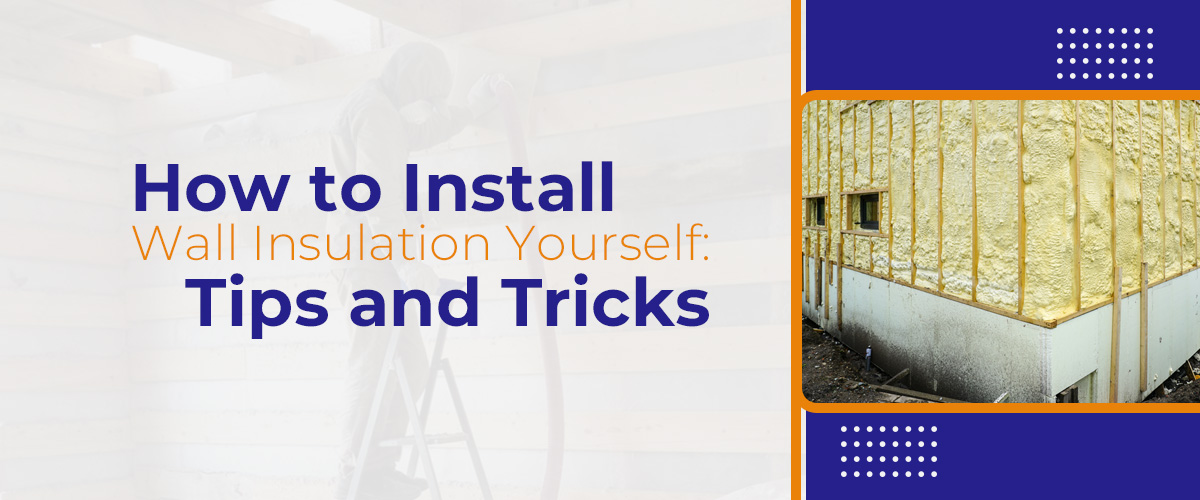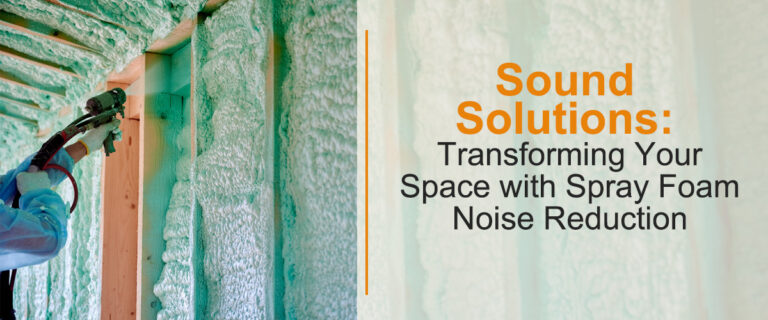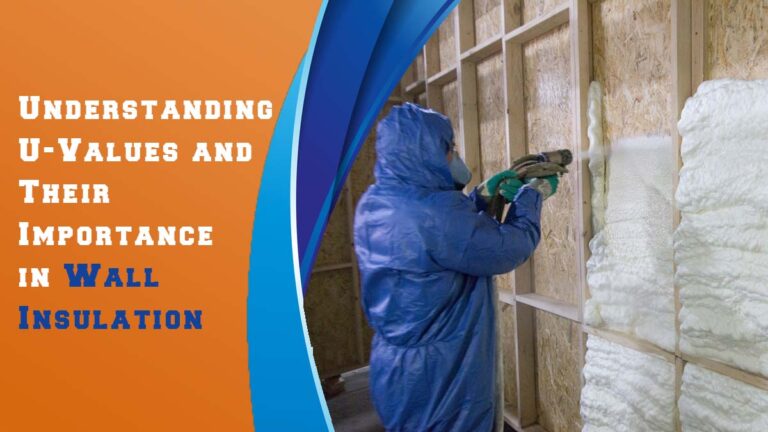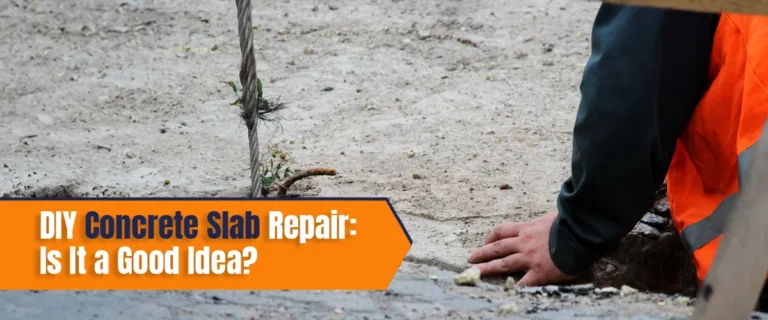How to Install Wall Insulation Yourself: Tips and Tricks
Are you looking to conquer the chilly drafts but don’t want to break the bank? Could you install wall insulation yourself? Well, guess what? We have all the tips and tricks to make it a breeze. Wall insulation is essential for improving a home’s energy efficiency and comfort. Homeowners who are interested in DIY projects may find installing insulation themselves to be a rewarding and cost-effective option.
Moreover, by taking on this task, they can better understand their home’s construction and be satisfied with completing a project independently. However, before selecting this approach, homeowners must consider the benefits and challenges of DIY insulation installation.
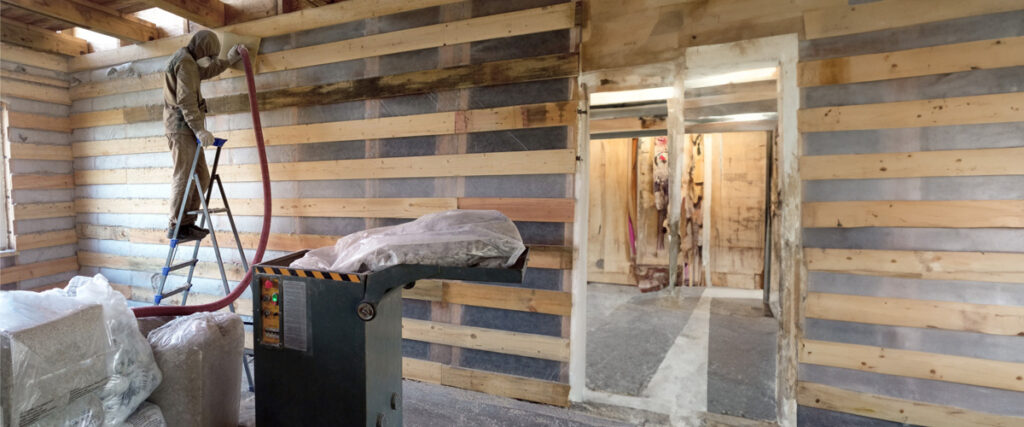
Understanding Wall Insulation
Wall insulation uses materials to impede heat transfer through walls, crucial in maintaining temperature control and enhancing energy efficiency in homes.
There are various types of wall insulation materials available, such as:
· Fiberglass insulation
Made of glass fibers, it is cost-effective and easy to install.
· Foam board insulation
Composed of rigid foam, it provides excellent thermal resistance.
· Cellulose insulation
Made from recycled paper fibers, it reduces air infiltration and is environmentally friendly.
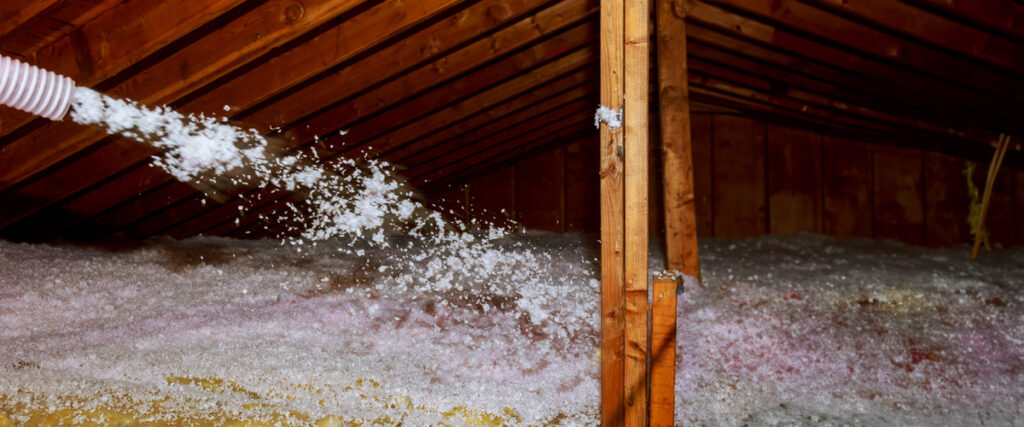
Tools and Materials Needed
Ensuring successful insulation installation requires the proper tools and materials. To install wall insulation as a DIY project, you will need the following tools and materials:
- Insulation material – Choose the appropriate insulation material for your wall, such as fiberglass batts, foam board, or cellulose insulation.
- Protective gear – Wear a dust mask, goggles, and gloves to protect yourself from irritants.
- Measuring tape – Take precise measurements of the wall’s and the insulation’s dimensions to guarantee a fit.
- Cutting tools – Utilize a utility knife or insulation saw to trim and shape the insulation for a precise installation.
- Adhesive or fasteners – Secure the insulation with the appropriate adhesive (such as construction adhesive) or fasteners (such as staples or insulation hangers).
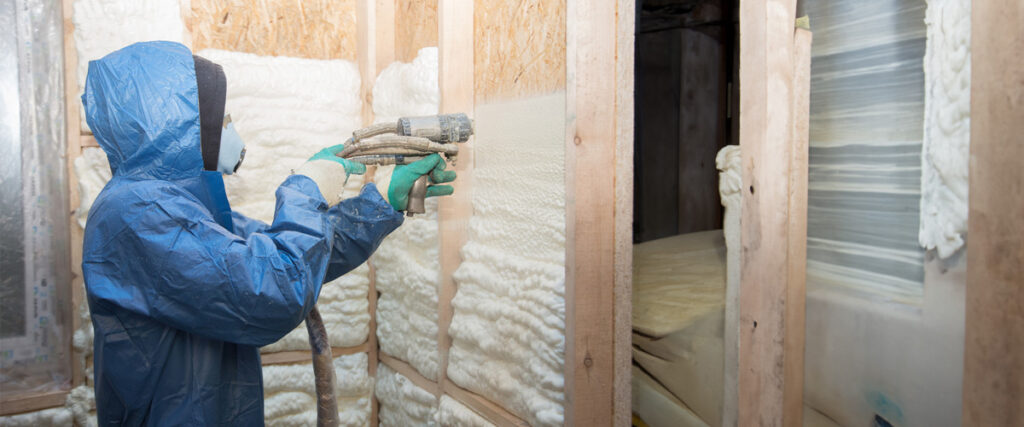
Safety Precautions
When installing wall insulation, it is crucial to prioritize safety to minimize potential risks. Take the following safety precautions:
- Wear protective gear – Insulation materials may cause skin irritation and respiratory issues. Put on goggles, a mask, and gloves to protect yourself.
- Ensure proper ventilation – Open windows or doors, use fans, and create airflow to maintain adequate ventilation during installation and prevent the accumulation of toxic fumes.
Preparing for Installation
Before installing wall insulation, it is essential to prepare the workspace properly. Here are some steps to follow:
- Thoroughly clean the wall cavities by removing debris and dust that may interfere with the new insulation.
- Remove any old insulation if necessary to make way for the new installation.
- Address any moisture or mold issues beforehand to prevent future problems.
To ensure accurate insulation fitting, follow these tips for measuring and planning:
- Measure wall cavities precisely.
- Plan for desired thickness and R-value.
- Calculate the required insulation amount.
- Consider obstructions and cut insulation accordingly.
- Remember to wear proper protective gear.
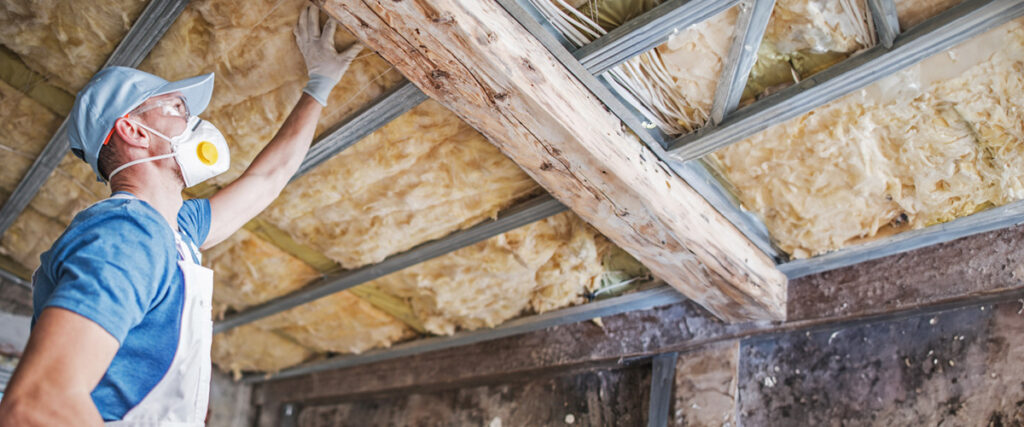
Installation Process Step-by-Step
Installing wall insulation is essential to improve energy efficiency and maintain a comfortable indoor environment. Here are the step-by-step instructions for installing wall insulation and ensuring complete coverage without any gaps:
- Measure the area to be insulated accurately using a tape measure.
- Cut the insulation material to the required size precisely using a sharp utility knife or insulation cutter.
- Fit the insulation material into the wall cavity, ensuring it fits tightly without gaps or spaces.
- Secure the insulation material using appropriate fasteners such as staples, nails, or adhesive per the manufacturer’s recommendations.
- Inspect the installation for gaps or exposed areas, then add extra insulation material to ensure complete coverage.
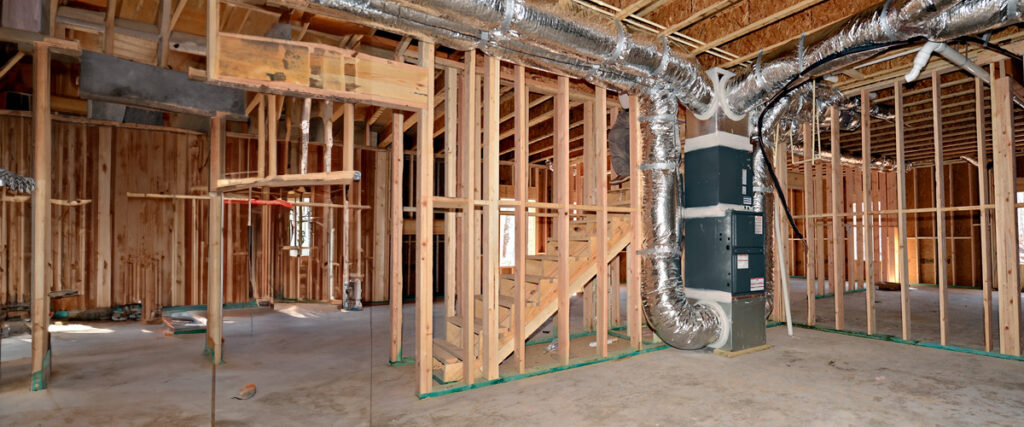
Dealing with Obstacles and Electrical Wiring
Common obstacles such as pipes, ductwork, and electrical wiring can pose a challenge when installing insulation. Here are some tips on how to handle them:
- Fit insulation around pipes and ductwork without compressing it.
- Leave an air gap between insulation and obstacles.
- Use insulation with pre-cut or custom-cut holes for electrical wiring.
- Secure insulation around obstacles using wire mesh or supports.
Not compressing insulation and maintaining safety around electrical components is essential for the following reasons:
- Reserves insulation effectiveness and thermal resistance.
- Minimizes electric shock and wiring damage risk
- Ensures safe, efficient insulation installation
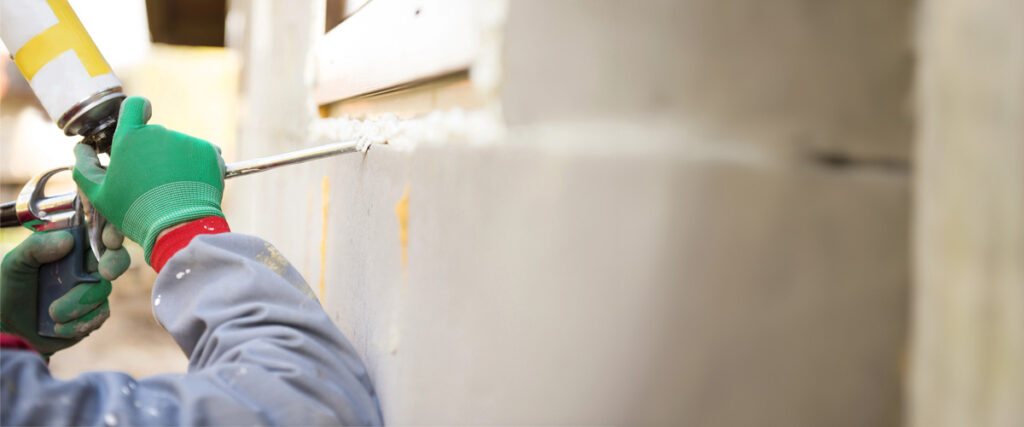
Finishing and Sealing
Properly finishing the insulation installation is essential to maximize its effectiveness. It also involves sealing the edges using sealants or tapes and covering the insulation with appropriate wall material, like drywall, ensuring a seamless and protected finish.
To ensure insulation is sealed and airtight for maximum effectiveness, consider the following:
- Use sealants or tapes to close gaps.
- Utilize insulation adhesives to secure seams.
- Conduct regular inspections and maintenance on the insulation barrier.
- Verify proper installation and promptly address any gaps or issues.
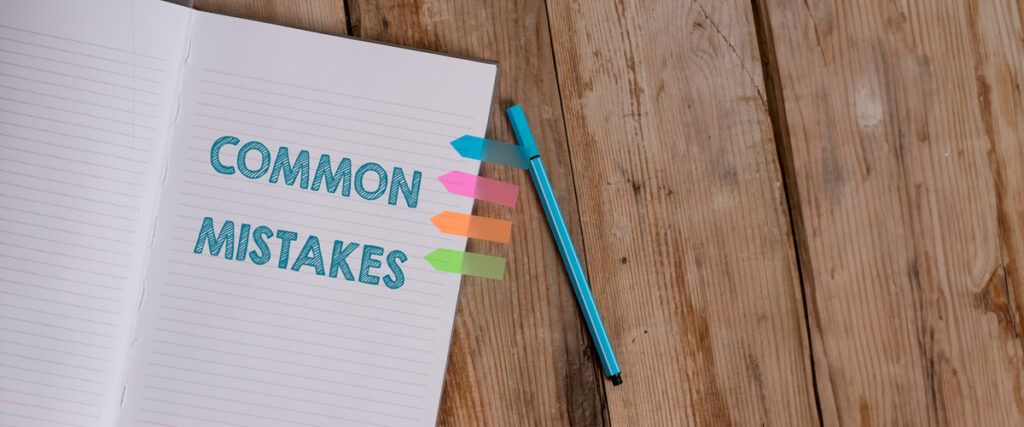
Common Mistakes to Avoid
When installing wall insulation, homeowners often make mistakes that can affect its effectiveness. Identifying and avoiding errors such as incorrect sizing, poor sealing, and inadequate safety measures is crucial. Here are some tips to prevent these issues:
- Measure the space accurately to ensure proper insulation coverage.
- Sealants or tapes seal gaps and edges for better insulation performance.
- Put safety first by donning safety gear and following installation instructions.
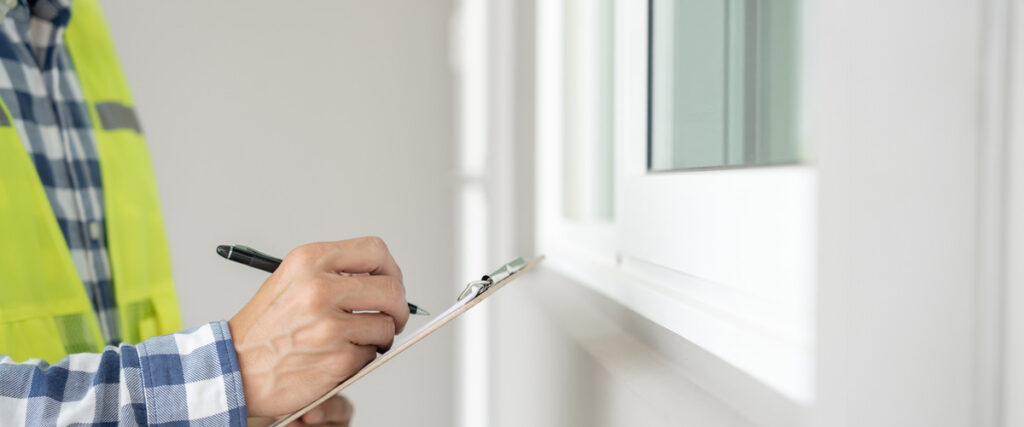
Maintenance and Inspection
Maintaining and inspecting wall insulation post-installation is essential for its longevity and effectiveness. Here are some tips to follow:
- Check for damage or wear, such as moisture stains or mold growth.
- Inspect for air leaks or drafts around windows, doors, and outlets.
- Ensure the insulation is evenly distributed and free from any compression or damage.
Signs that may indicate insulation issues requiring professional attention include the following:
- There may be significant temperature fluctuations despite consistent heating or cooling.
- Higher-than-usual energy bills may show insufficient insulation.
- Drafts or cold spots in specific areas of the home that suggest insulation problems.
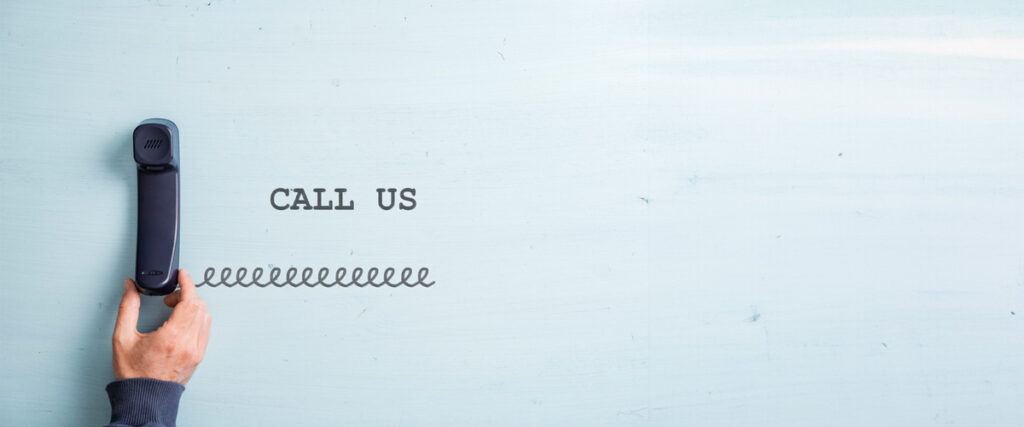
When to Call the Professionals
Certain situations may be better suited for professional installation, although some homeowners prefer to install insulation themselves. These include complex or multi-story structures and specific insulation types, such as spray foam. When choosing a reputable professional for wall insulation installation, consider the following factors, including the option for a free consultation for wall insulation in Kansas:
- Seek recommendations and read online reviews.
- Verify licensing, insurance, and certifications.
- Review completed projects or portfolios.
- Obtain multiple quotes for a cost comparison.
- Ensure clear communication and understanding of the process.
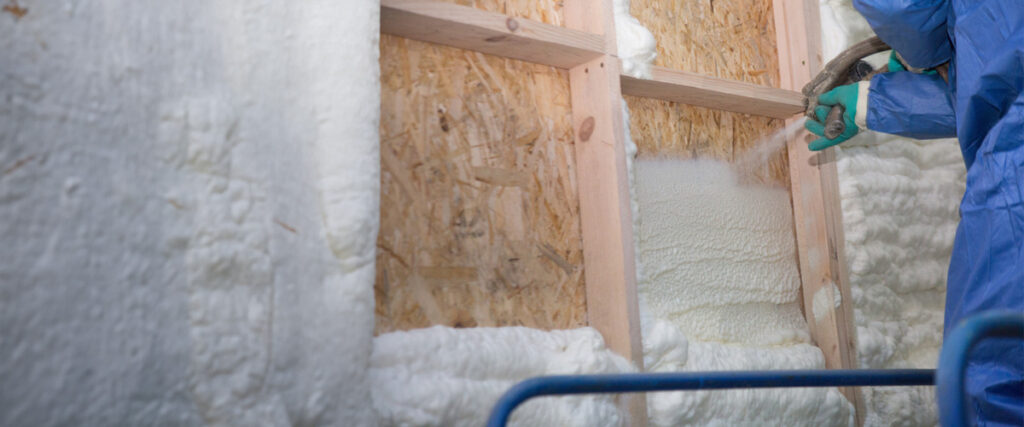
The Ultimate Insulation Game-Changer!
To conclude, successful wall insulation installation involves several key steps and considerations, such as:
- thorough preparation
- choosing an appropriate insulation type, and
- proper installation techniques
By following the provided tips and tricks, you can confidently embark on this DIY project and reap its benefits, such as enhanced energy efficiency and improved comfort.
Furthermore, with the appropriate tools and knowledge, anyone can confidently and successfully undertake wall insulation installation.
References:
- Insulation – introduction. (2022, August 7). Retrieved from https://www.lowimpact.org/categories/insulation
- DIY insulation | Fiberglass, mineral wool, batt insulation. (2017, February 20). Retrieved from https://insulationinstitute.org/im-a-homeowner/installation/doing-it-yourself/
